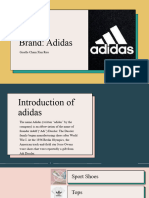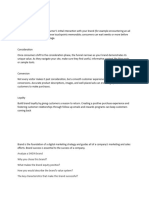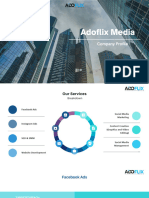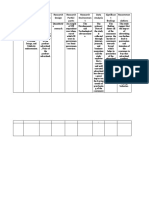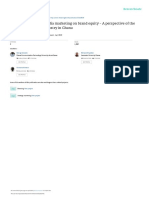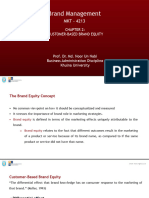0% found this document useful (0 votes)
101 views90 pagesDSMM Unit-1
The document provides an overview of digital and social media marketing, detailing its evolution, key concepts, and various strategies. It covers the differences between traditional and digital marketing, the importance of digital presence, and the various types of digital marketing approaches such as SEO, social media marketing, and email marketing. Additionally, it discusses the significance of understanding consumer behavior and utilizing marketing technology (MarTech) to enhance marketing efforts.
Uploaded by
Number 5Copyright
© © All Rights Reserved
We take content rights seriously. If you suspect this is your content, claim it here.
Available Formats
Download as PPTX, PDF, TXT or read online on Scribd
0% found this document useful (0 votes)
101 views90 pagesDSMM Unit-1
The document provides an overview of digital and social media marketing, detailing its evolution, key concepts, and various strategies. It covers the differences between traditional and digital marketing, the importance of digital presence, and the various types of digital marketing approaches such as SEO, social media marketing, and email marketing. Additionally, it discusses the significance of understanding consumer behavior and utilizing marketing technology (MarTech) to enhance marketing efforts.
Uploaded by
Number 5Copyright
© © All Rights Reserved
We take content rights seriously. If you suspect this is your content, claim it here.
Available Formats
Download as PPTX, PDF, TXT or read online on Scribd
/ 90




























































